SINGAPORE: Schools in Singapore may shift to partial or full home-based learning as part of heightened measures in the event of a heatwave.
Cooling spaces such as community centres and indoor sports halls with air conditioning will also be opened up for the public to seek respite from the heat.
These measures were announced by an interagency Mercury Task Force on Wednesday (Mar 19) as it laid out the government's heat response plans.
The task force, which was formed in 2023, develops and implements action plans to minimise and manage the impact of a heatwave in Singapore. The group comprises 37 government agencies, including the Ministry of Education (MOE), Ministry of Health and the Ministry of Social and Family Development.
There are already existing measures to protect vulnerable groups from heat stress. For example, the Manpower Ministry requires employers to provide workers involved in heavy physical labour with hourly breaks of at least 10 minutes during periods of high heat stress.
Singapore uses the Wet Bulb Globe Temperature (WBGT), an internationally recognised indicator, to measure heat stress based on air temperature, humidity, wind speed and solar radiation.
But if a heatwave is impending, additional measures across sectors will kick in. This includes minimising outdoor physical activities between 11am and 4pm due to higher heat stress levels during this period.
All schools will implement dress down attire as well as modify or even suspend outdoor activities based on the heat stress levels.
Preschools are not to conduct outdoor activities between 11am and 4pm, given the younger ages of children enrolled, said the Mercury Task Force.
It added: "If the national posture is to adopt heightened measures, MOE will guide schools to go on either partial or full home-based learning so as to not disrupt students' learning."
As for cooling spaces, the People's Association's community centres and clubs, as well as selected Residents' Network centres, especially those located near one- to two-room Housing Board blocks, will have an air-conditioned room for the public to get respite from the heat.
Up to eight air-conditioned indoor sport halls may be repurposed as heat relief centres for vulnerable groups in the community, said the task force.
"The plan is for these locations to be situated across or spread around Singapore so there is easy access to these facilities," it added.
A heatwave in Singapore occurs when the highest daily temperature is at least 35 degree Celsius for three consecutive days, and the average temperature every day is at least 29 degree Celsius.
Singapore has experienced six historical heatwave events, with the most recent one in 2016.
If the national meteorological agency forecasts a heatwave, a joint media advisory will be issued. This advisory will remain in place until the Meteorological Service Singapore forecasts that the period of high temperatures will not be sustained.
On top of the media advisory, other advisories on implementing home-based heat management practices to set up cool spaces at home and minimising risk of heat-related injuries will also be sent out. Information on community cooling spaces will be provided to the public.
The task force said during a briefing on Wednesday that it may not be able to forecast a heatwave "too far in advance" as the weather in tropical climates can develop very rapidly.
For example, if there is heavy rainfall, this may moderate the temperature. "Depending on the actual situation, if we assess that the heatwave criteria is likely to be crossed, we will endeavour to put out the advisory a day before," said the task force.
LOWER RISK OF HEATWAVE IN 2025
The whole-of-government coordinated heat response plan comes ahead of the hottest period in the year for Singapore, which falls between March to May.
Last year was Singapore's joint-warmest on record, tied with 2019 and 2016, with an annual mean temperature of 28.4 degree Celsius. There were 21 days of high heat stress, most occurring in March, April and May.
That said, the task force highlighted that there is a lower risk of a heatwave happening during the hot season in 2025 as global climate drivers are "not conducive" for it.
It, however, still expects above-normal temperatures during this period. There is a 60 per cent chance that the average temperature for March to May will be more than 28.4 degree Celsius.
May, in particular, is likely to be the warmest month during this year's hot season.
"We need to continue promoting heat stress awareness (such as our heat stress advisory) for people to take appropriate actions to minimise heat injuries as we prepare for a warmer Singapore," said the task force.
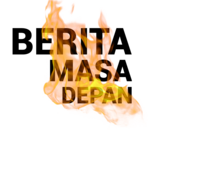


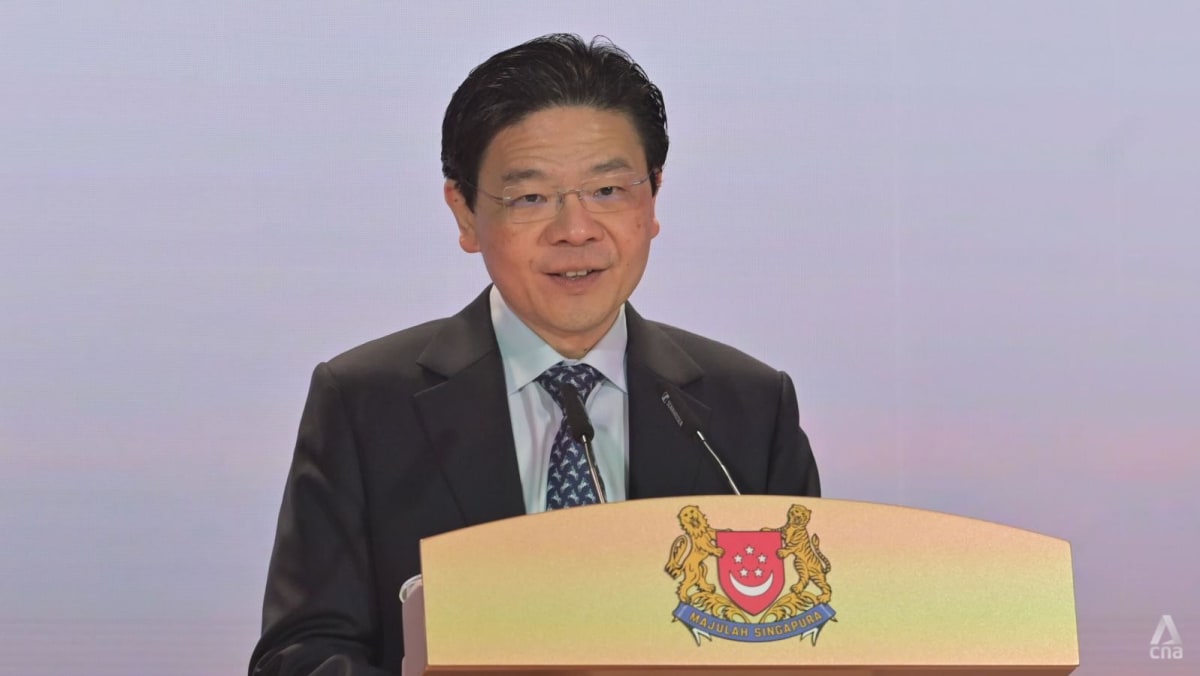


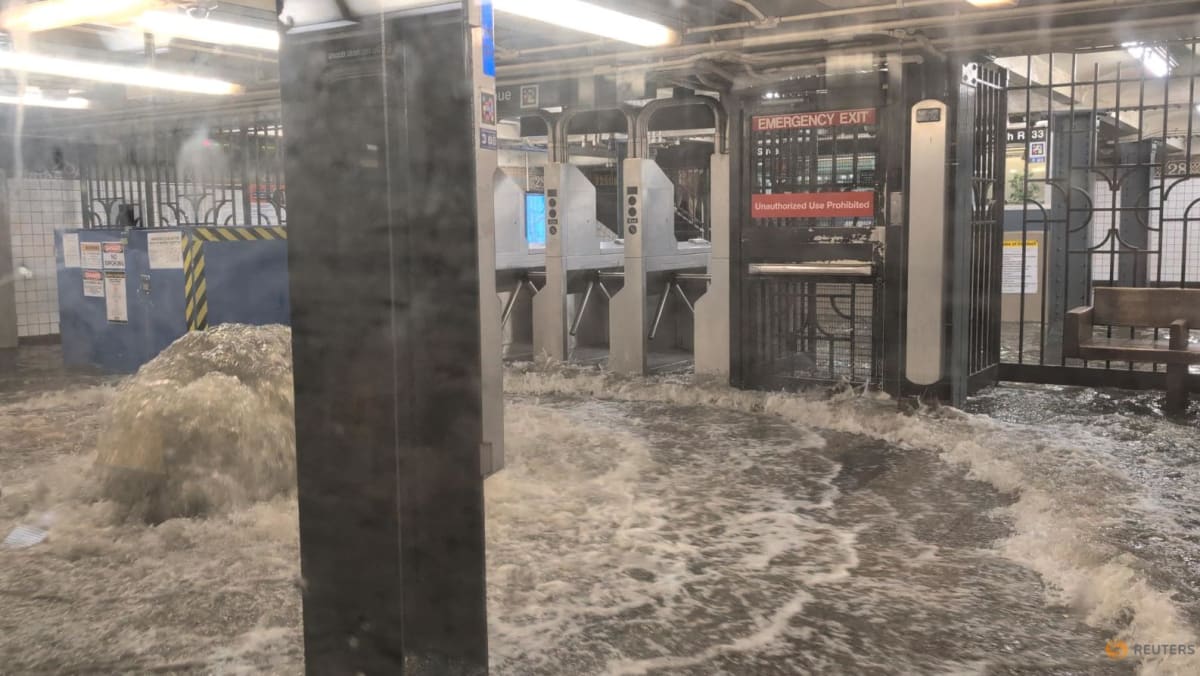
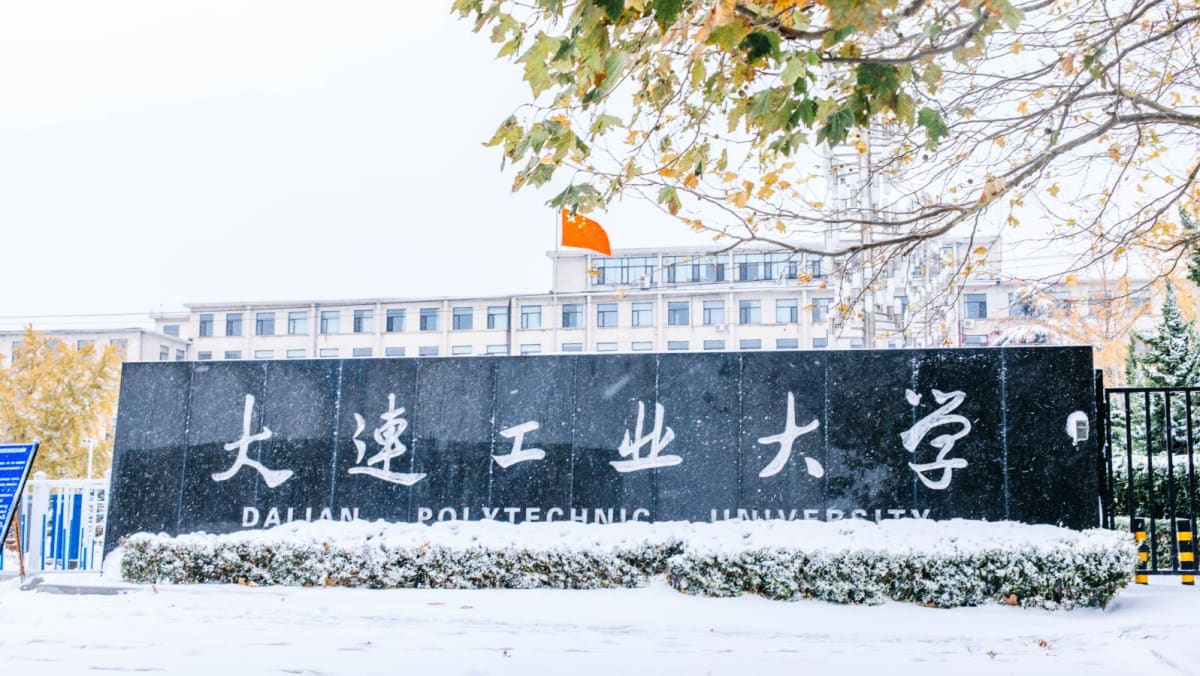




.png?itok=WUTVUf6o)

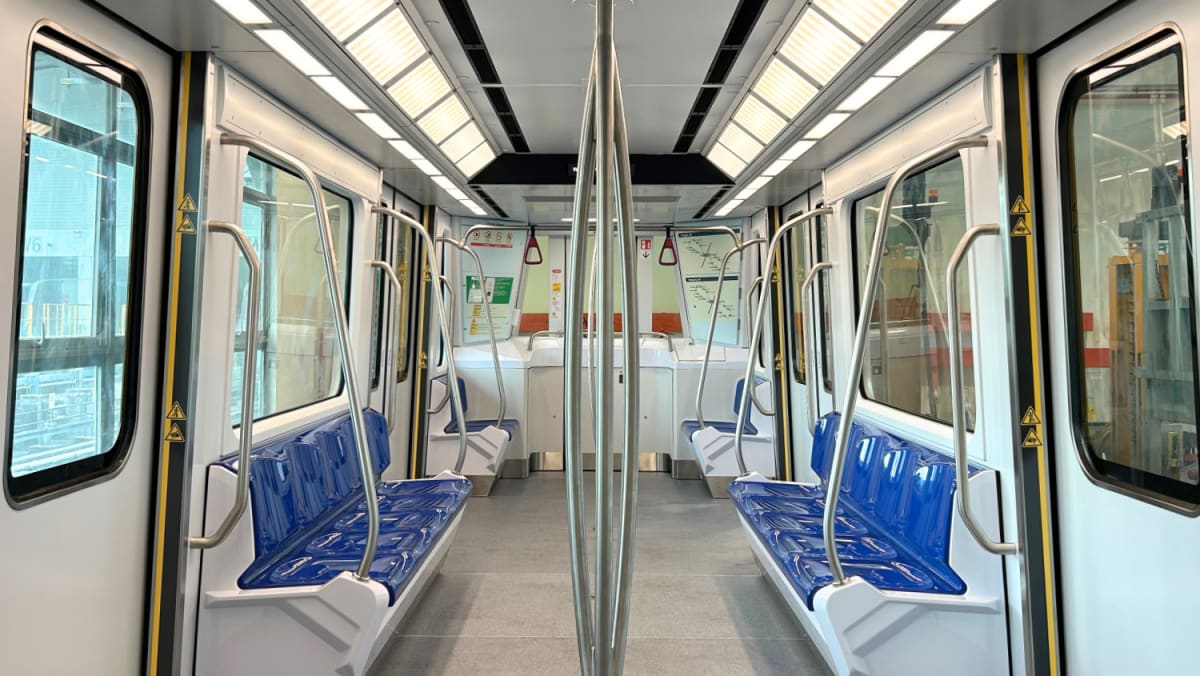





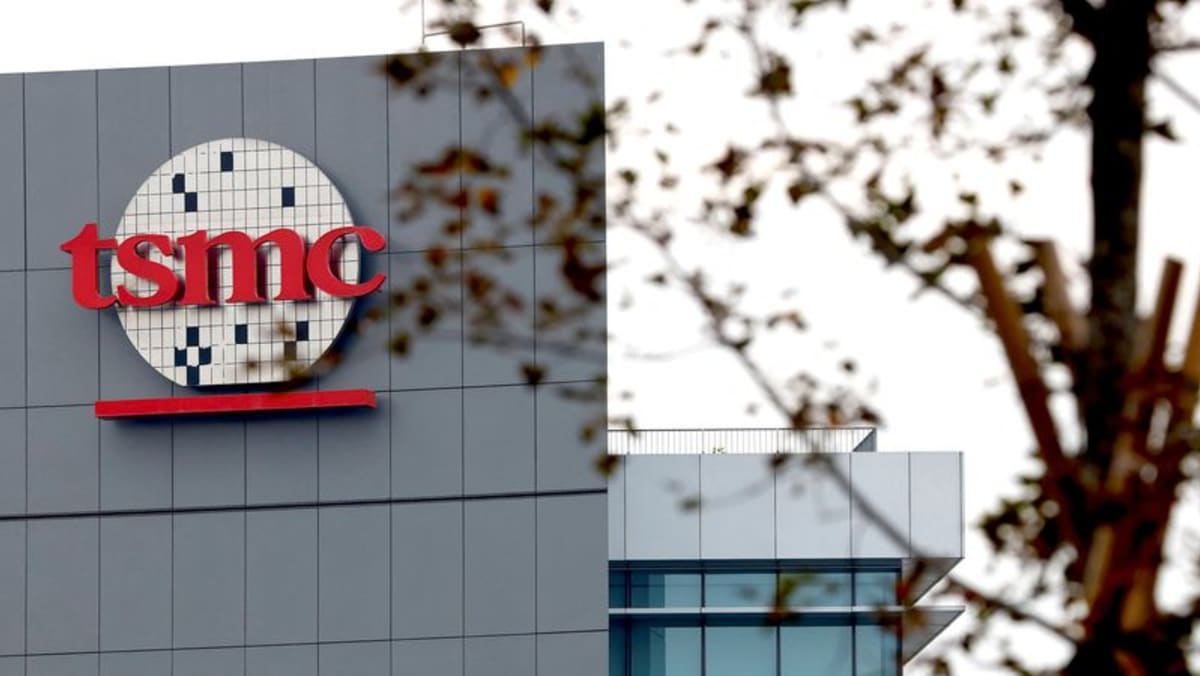






















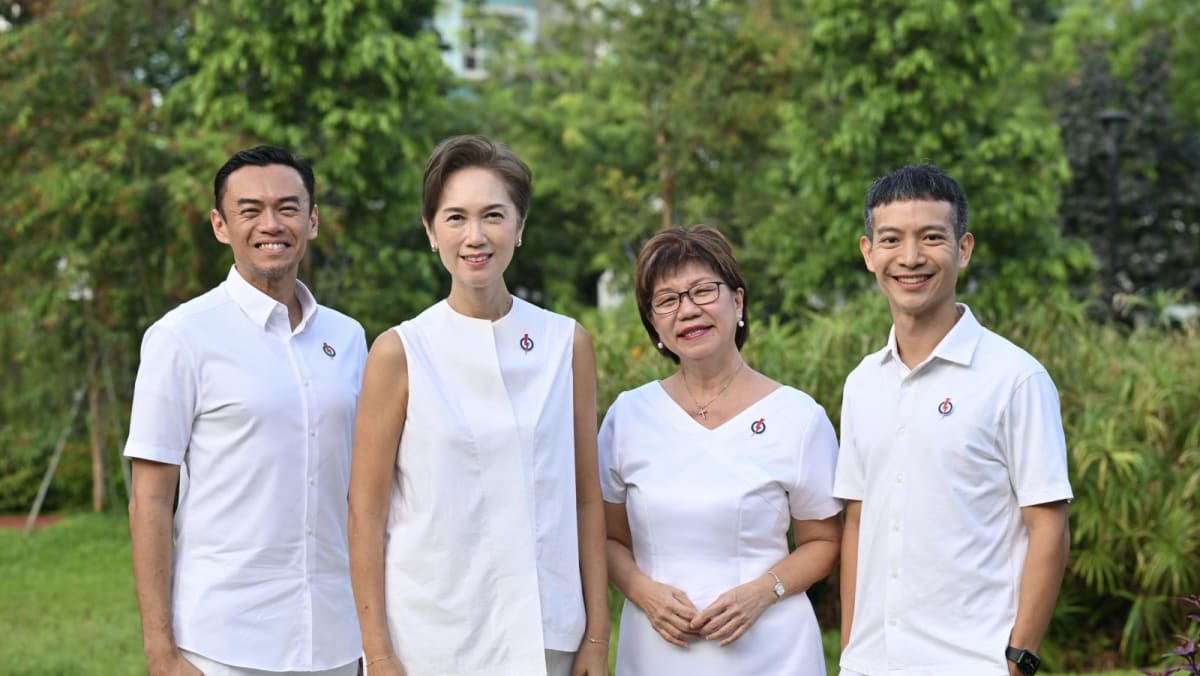

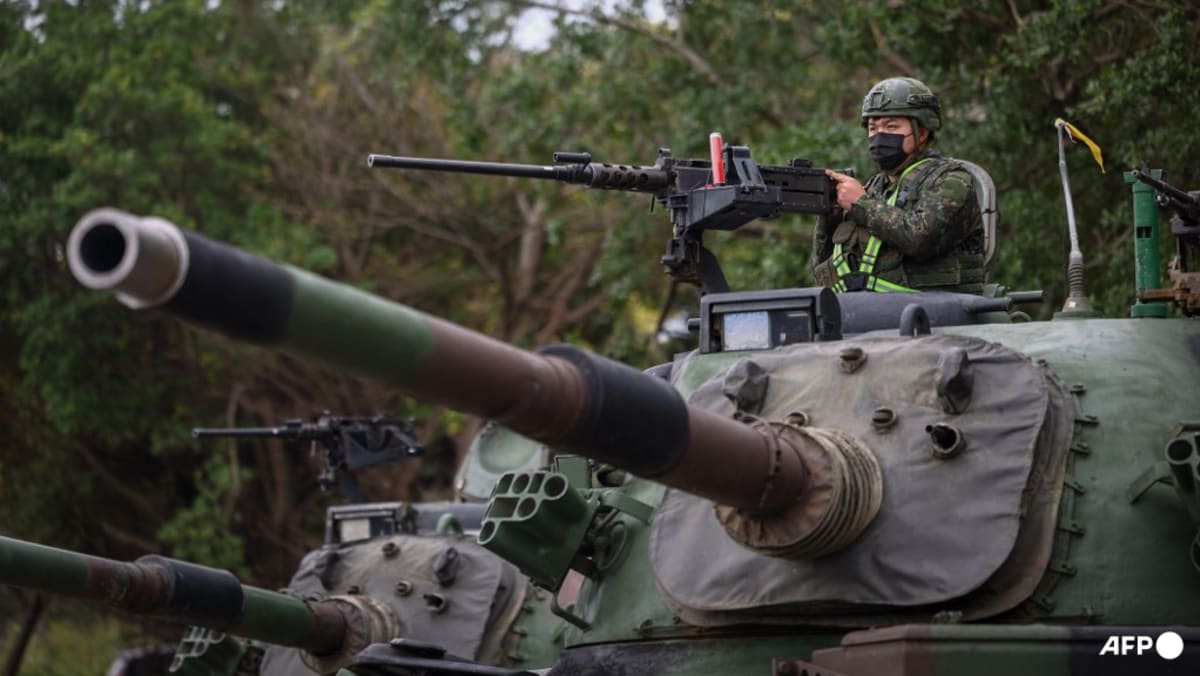

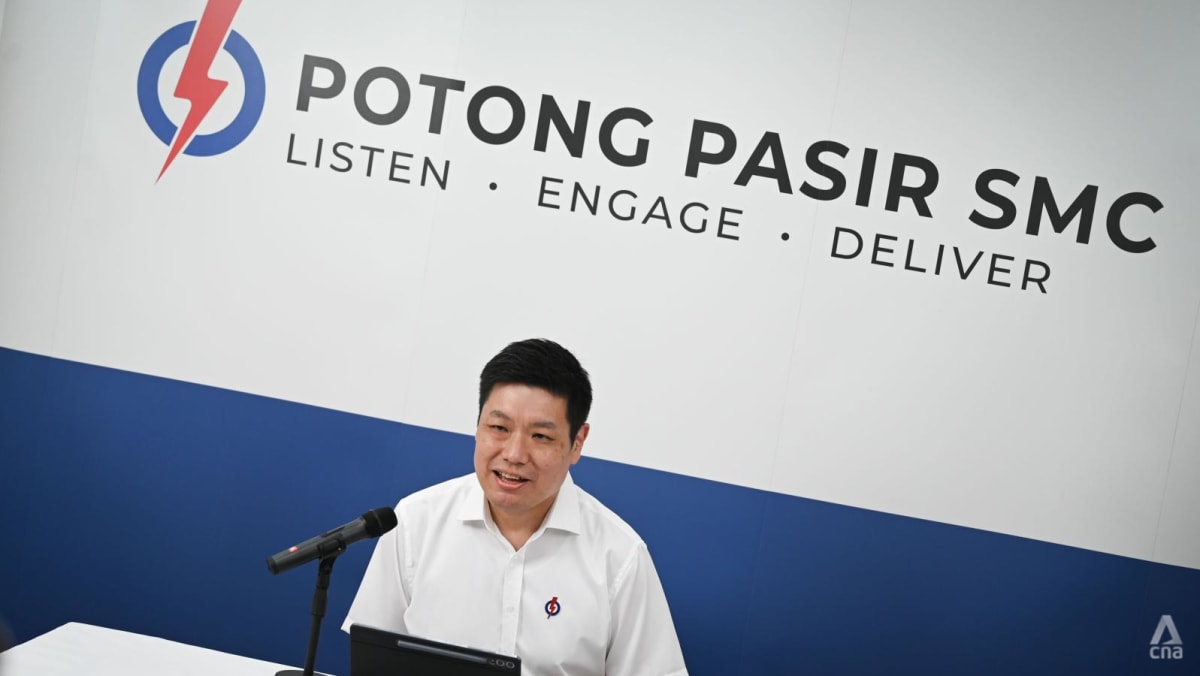
.png?itok=erLSagvf)

